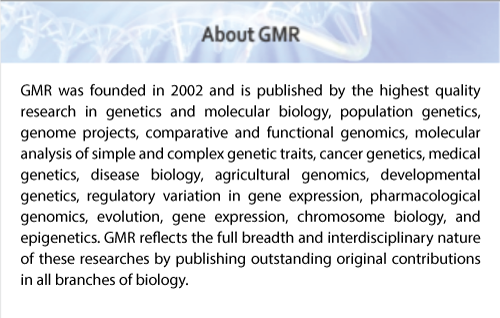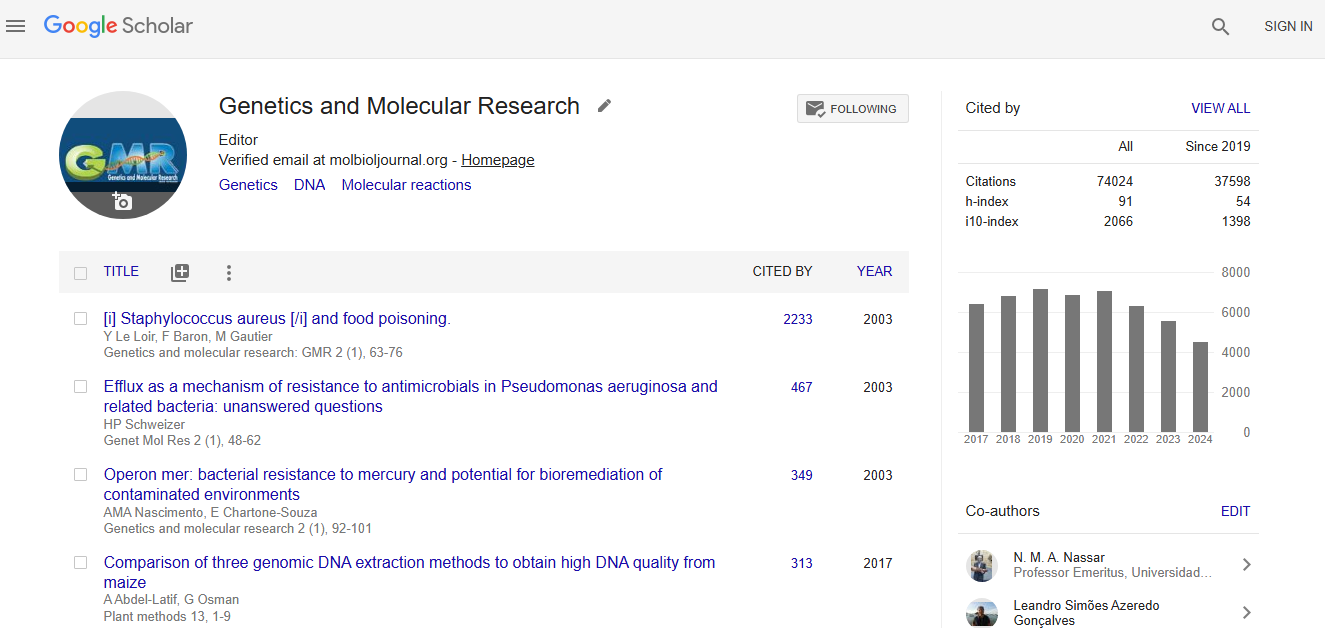Abstract
Ion-exchange chromatography used to isolate a spermadhesin-related protein from domestic goat (Capra hircus) seminal plasma
Author(s): DÃ?¡rcio Ã?Âtalo Alves Teixeira, Luciana MagalhÃ?£es Melo, Carlos Alberto de Almeida Gadelha, Rodrigo Maranguape Silva da Cunha, Carlos Bloch Jr., Gandhi RÃ?¡dis-Baptista, Benildo Sousa Cavada and Vicente JosÃ?© de FigueirÃ?ªdo FreitasMammalian seminal plasma contains among others, proteins called spermadhesins, which are the major proteins of boar and stallion seminal plasma. These proteins appear to be involved in capacitation and sperm-egg interaction. Previously, we reported the presence of a protein related to spermadhesins in goat seminal plasma. In the present study, we have further characterized this protein, and we propose ion-exchange chromatography to isolate this seminal protein. Semen was obtained from four adult Saanen bucks. Seminal plasma was pooled, dialyzed against distilled water and freeze-dried. Lyophilized proteins were loaded onto an ion-exchange chromatography column. Dialyzed- lyophilized proteins from the main peak of DEAE-Sephacel were applied to a C2/C18 column coupled to an RP-HPLC system, and the eluted proteins were lyophilized for electrophoresis. The N-terminal was sequenced and amino acid sequence similarity was determined usingCLUSTAL W. Additionally, proteins from DEAE-Sephacel chromatography step were dialyzed and submitted to a heparin-Sepharose highperformance liquid chromatography. Goat seminal plasma after ion-exchange chromatography yielded 6.47 ± 0.63 mg (mean ± SEM) of the major retained fraction. The protein was designated BSFP (buck seminal fluid protein). BSFP exhibited N-terminal sequence homology to boar, stallion and bull spermadhesins. BSFP showed no heparin-binding capabilities. These results together with our previous data indicate that goat seminal plasma contains a protein that is structurally related to proteins of the spermadhesin family. Finally, this protein can be efficiently isolated by ion-exchange and reverse-phase chromatography.
Impact Factor an Index

Google scholar citation report
Citations : 74024
Genetics and Molecular Research received 74024 citations as per google scholar report
